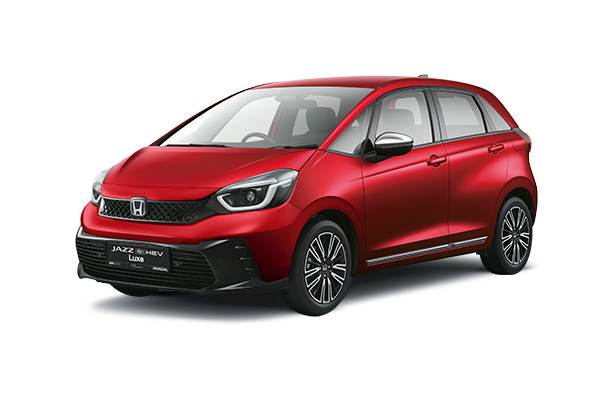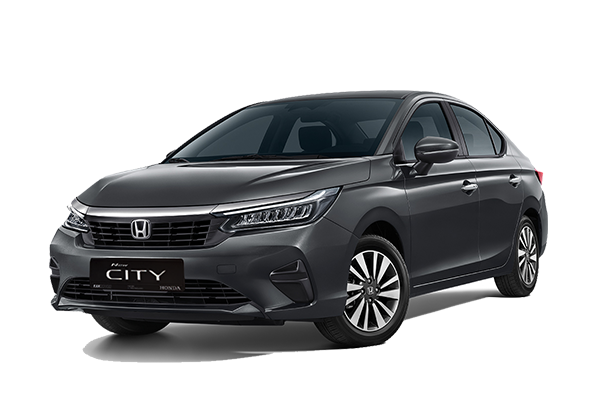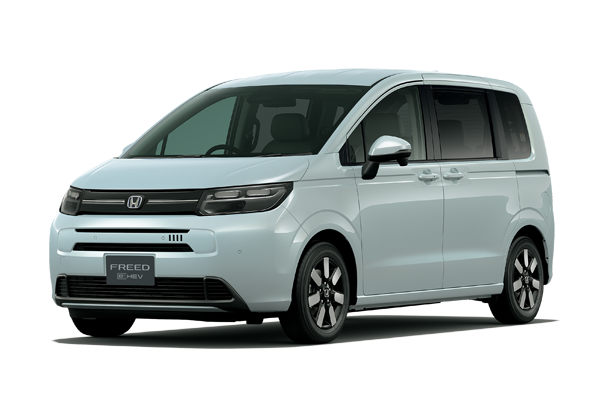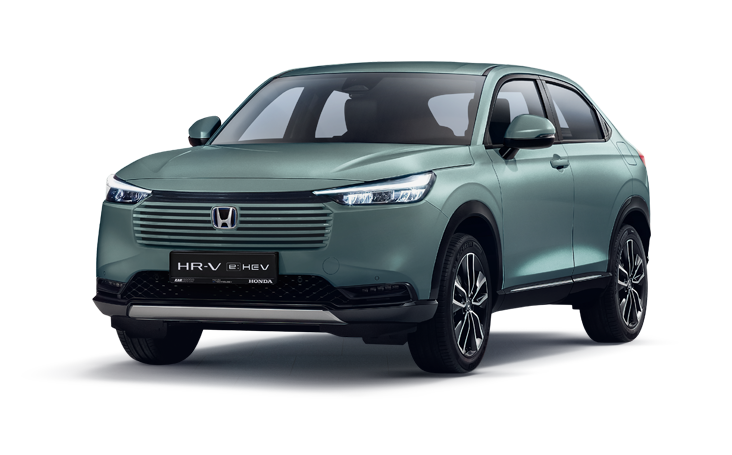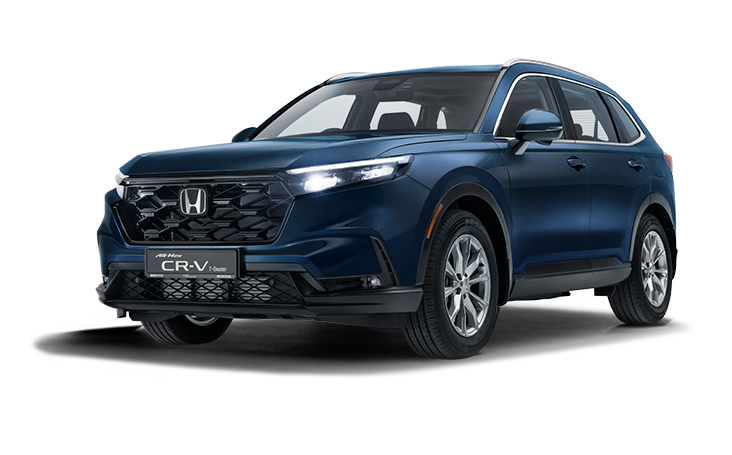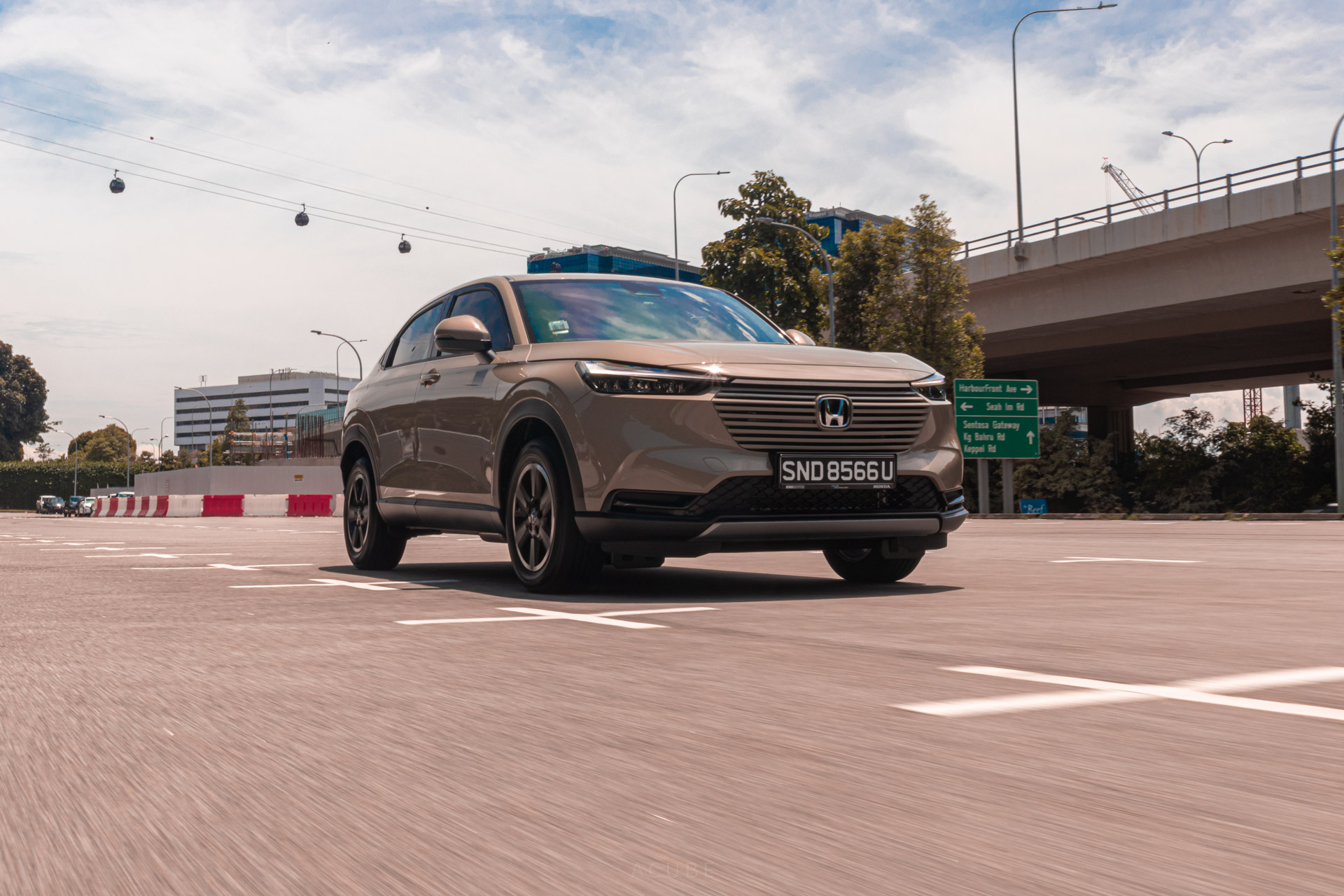
For many Singaporeans, the Honda HR-V (and its PI Vezel counterpart) is the closest we have ever been to having a national car since 2014, found almost everywhere around the island. And now, it has a successor.
We are quite pleased with how much the HR-V has evolved. Its avant-garde futuristic design brings it up to speed with the rest of the compact SUV competition, while retaining Honda’s signature day-to-day practicality.
In fact, we think it is spiritually closer to the quirky original HR-V from the late 90s than its immediate predecessor, which was a lot more ho-hum visually.
Changing With The Times
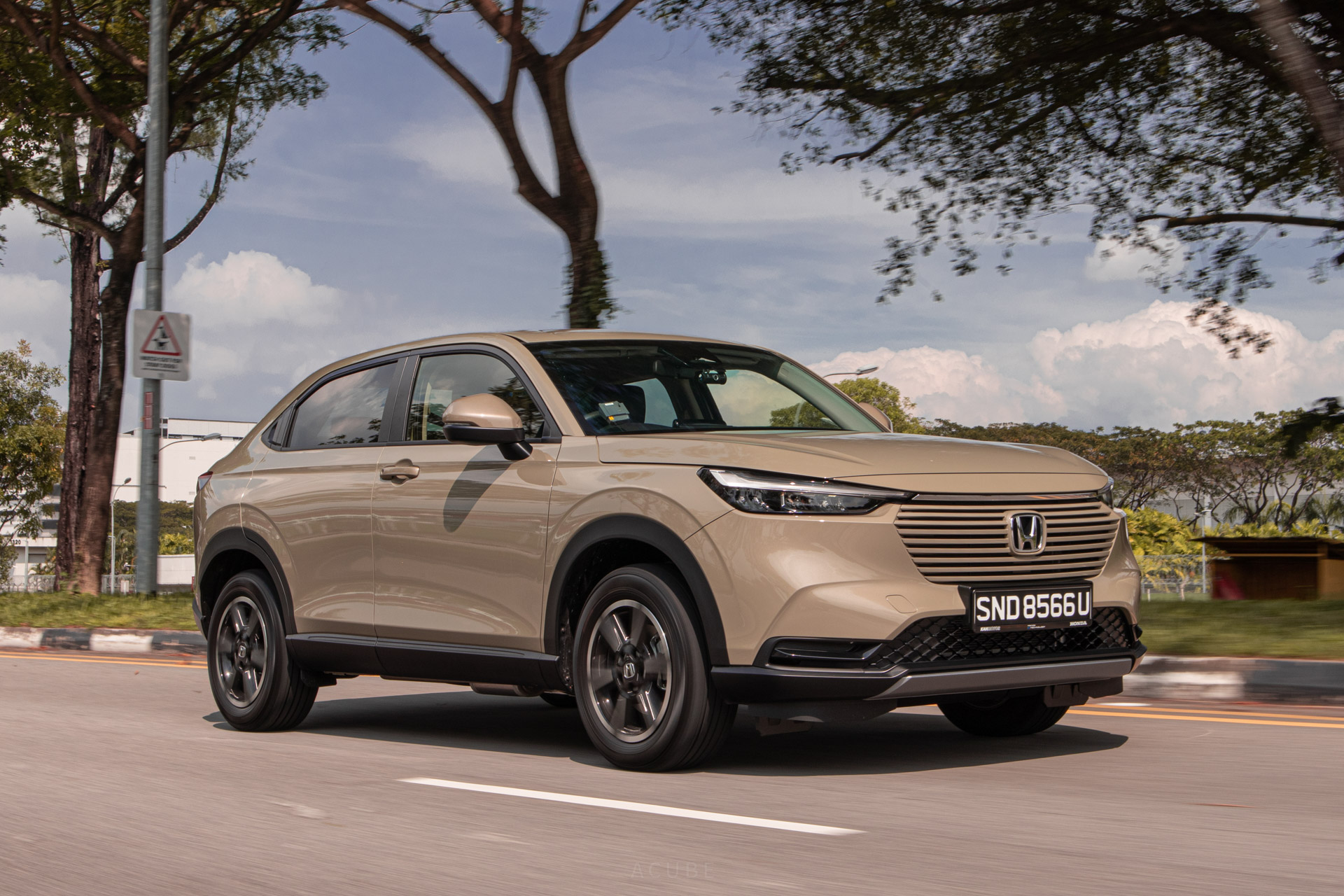
Honda's intentions to enter the new decade with a bang are made clear with this much-needed refresh. The HR-V looks and feels decidedly more upmarket on the outside, keeping it in line with consumer expectations today.
The front fascia kicks things off with a minimalist theme, featuring colour-coded grille bars that blend in seamlessly with the rest of the bodywork. A thin chrome strip sits atop, similarly integrating with the sleek upswept LED headlights and daytime running lights on either sides.
No fog lights for this DX model unfortunately; that's reserved for the e:HEV model. However, we think it is no major loss, considering it is not necessary on our well-lit roads. Honda also has a slew of metallic and pearl-finishing paint options on offer, which livens things up for buyers. Our press car is decked out in Sand Khaki Pearl, which we think suits the HR-V quite nicely.
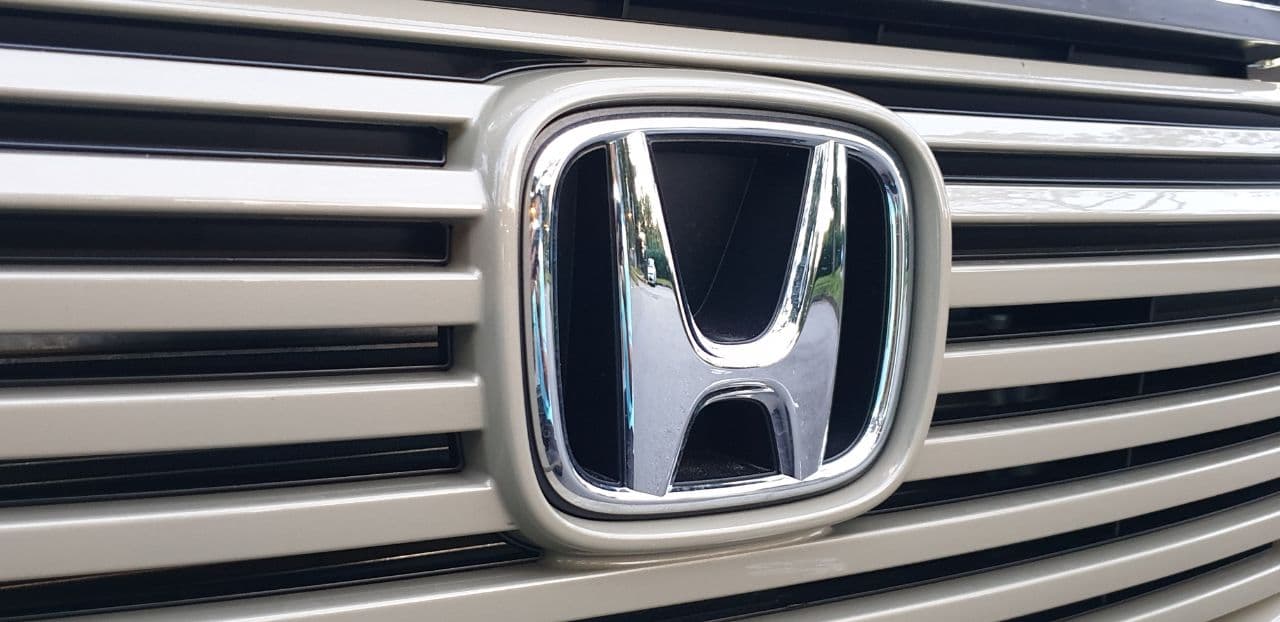
Unlike other manufacturers, Honda has not replaced their front emblem with a plastic slab to house their radar sensors and other gubbins. Behind the stylised H badge is the radar sensor for the Honda Sensing system, neatly tucked away from prying eyes.
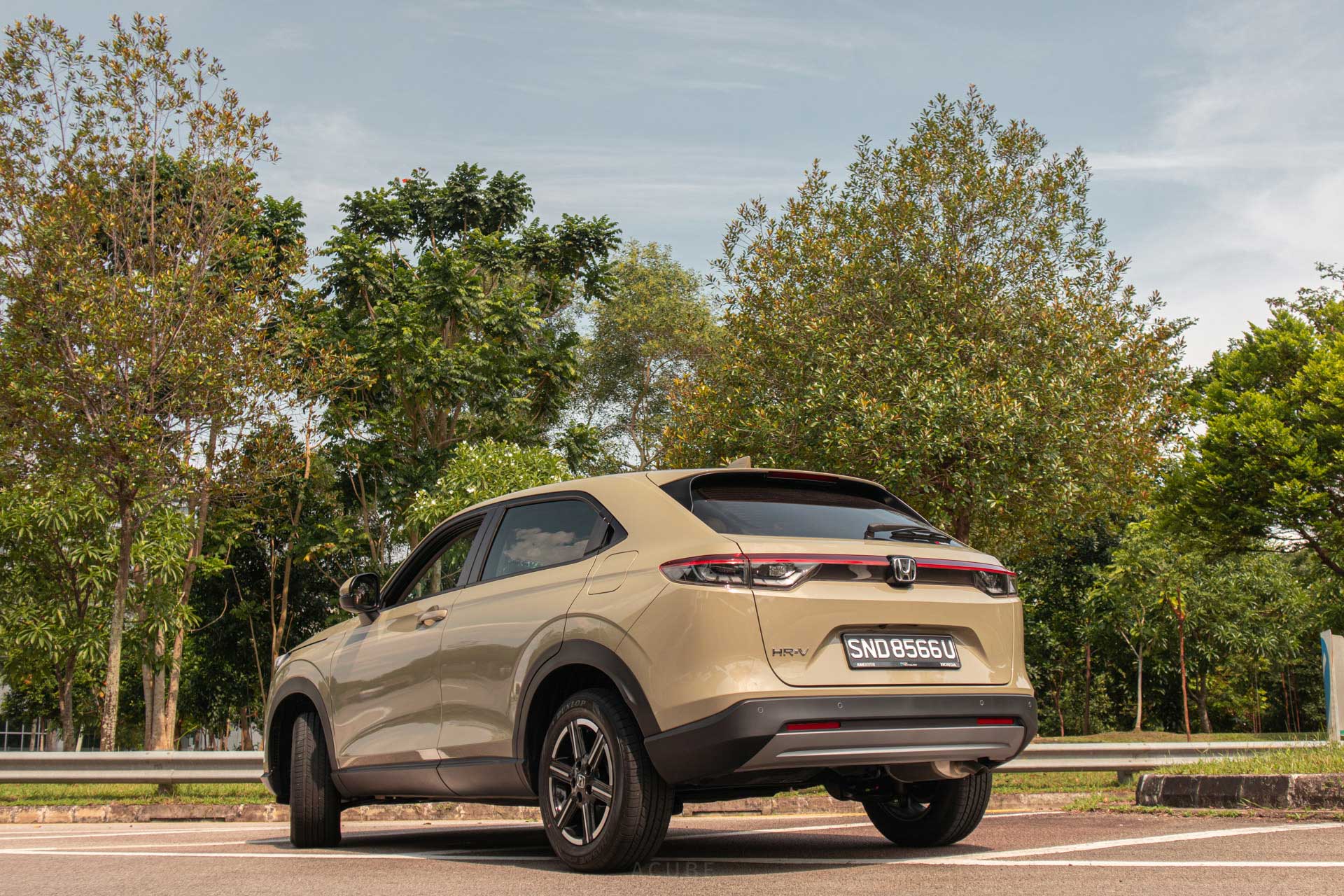
Its side profile maintains a coupe-like silhouette first adopted by the previous generation, complete with door-mounted handles for the rear passenger doors. It also has plastic cladding on the lower portion, although we must stress that these are just for aesthetic purposes, and not for proper off-roading antics.

Unlike its competition, the new HR-V's rear hatch plateaus for a bit past the window, before dropping downwards. This unique design element not only accentuates the coupe-esque dimensions, but also creates more boot space inside - kudos to Honda for that!
The LED tail lights outside look incredible too when illuminated. The unique patterns, as well as a light bar that stretches across the rear hatch, makes the HR-V a visual stunner at night.
Sensible Yet Stylish Cabin
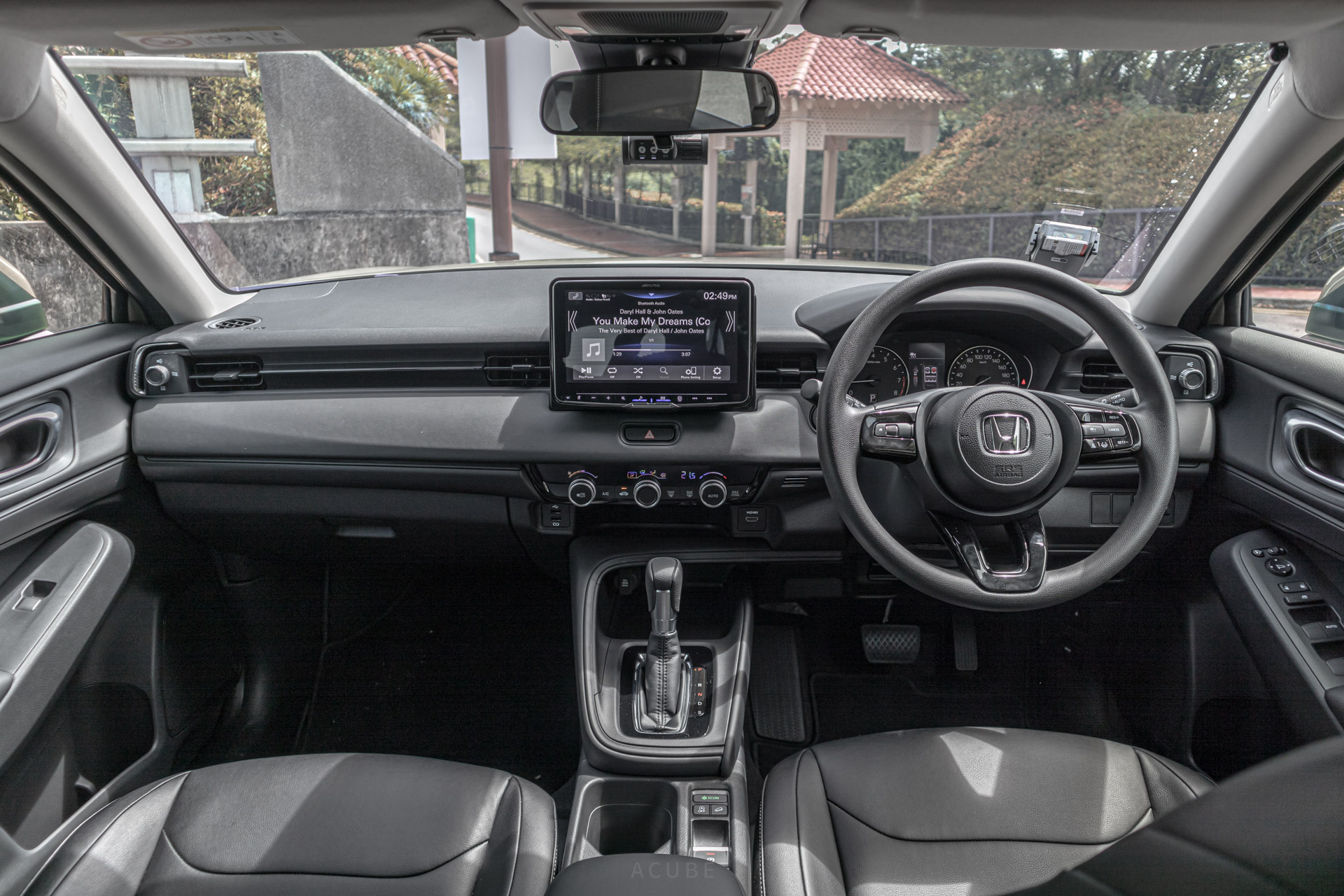
Honda delivers yet again with the HR-V's logical, foolproof cabin. Every single dial and button is within easy reach, and feels tactile. There are plenty of soft-touch materials around, and the perceived quality is miles ahead from the previous generation. Visibility all-round is good too, even with the thick C-pillars at the back.
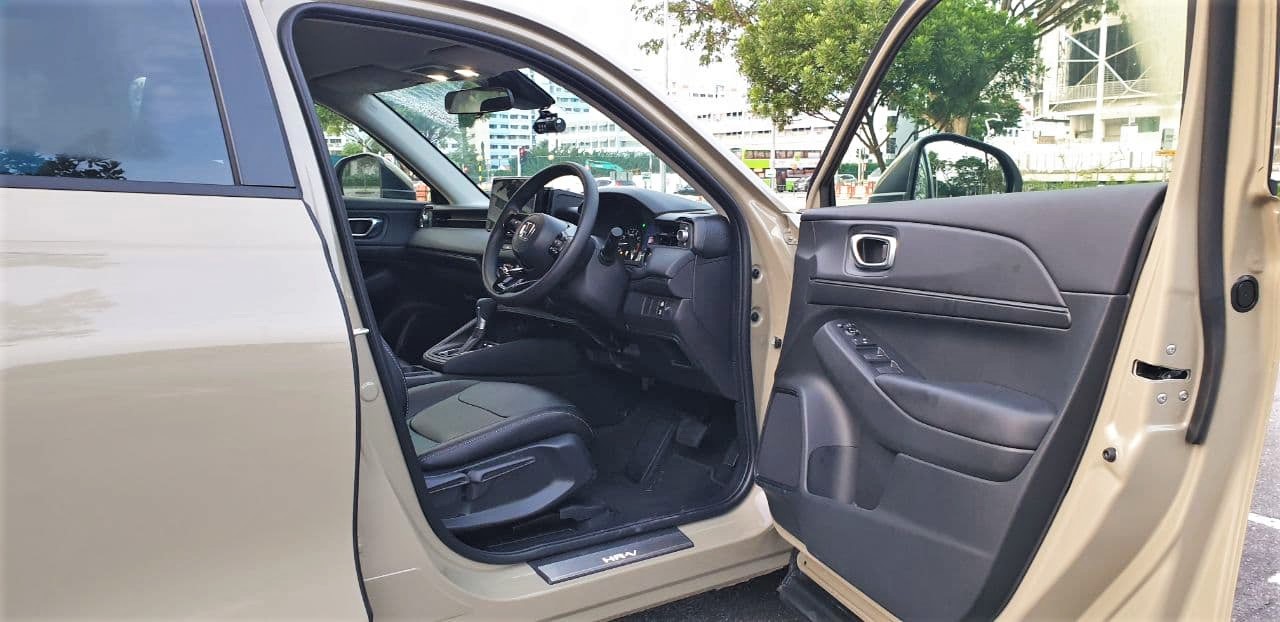
We appreciate Honda's choice of fitting light grey lining for the interior ceiling and pillars, which contrasts well with the primarily black upholstery, and prevents the cabin from getting too claustrophobic. With the doors open, illuminated HR-V branded door sills greet the driver and passengers. And once seated inside, the doors close with a reassuring and solid-sounding thud. The HR-V also comes with keyless entry/locking, and you only need to gently grip the door handle to access or lock the vehicle.

We especially love the return of the dial controls for the heating, ventilation, and air-conditioning (HVAC) system. The knurled metal-finished dials are a breeze to operate, allowing you to keep your eyes on the road while adjusting the controls.
For the driver and front passenger vents, three settings are available - open, diffused flow (for a more natural and breeze-like circulation of air), and closed. Rear passengers are also provided dual blowers behind, for maximum comfort.
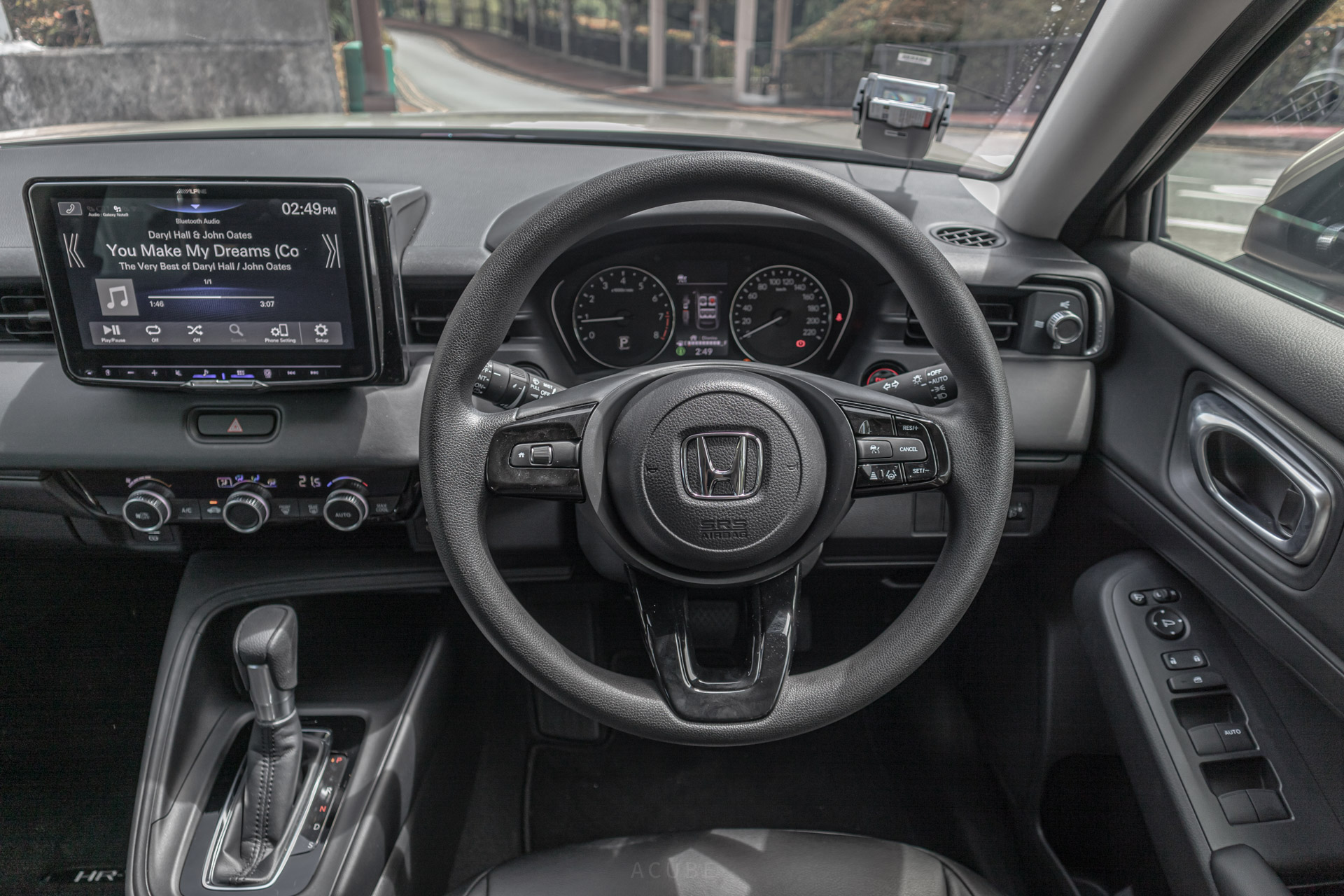
Honda has also helpfully provided two USB ports - one for charging of devices while the other for connecting to the infotainment system - and a HDMI port.
They connect to the dealer-equipped Alpine nine-inch head unit, which supports both Apple Carplay and Android Auto. While the screen resolution is crisp and ultra-responsive to the touch, we are not too fond of the touch-based controls. The volume settings are all the way to the left and way too small, making adjustments distracting; it has to be mentioned that the HR-V does not have steering-mounted volume buttons.
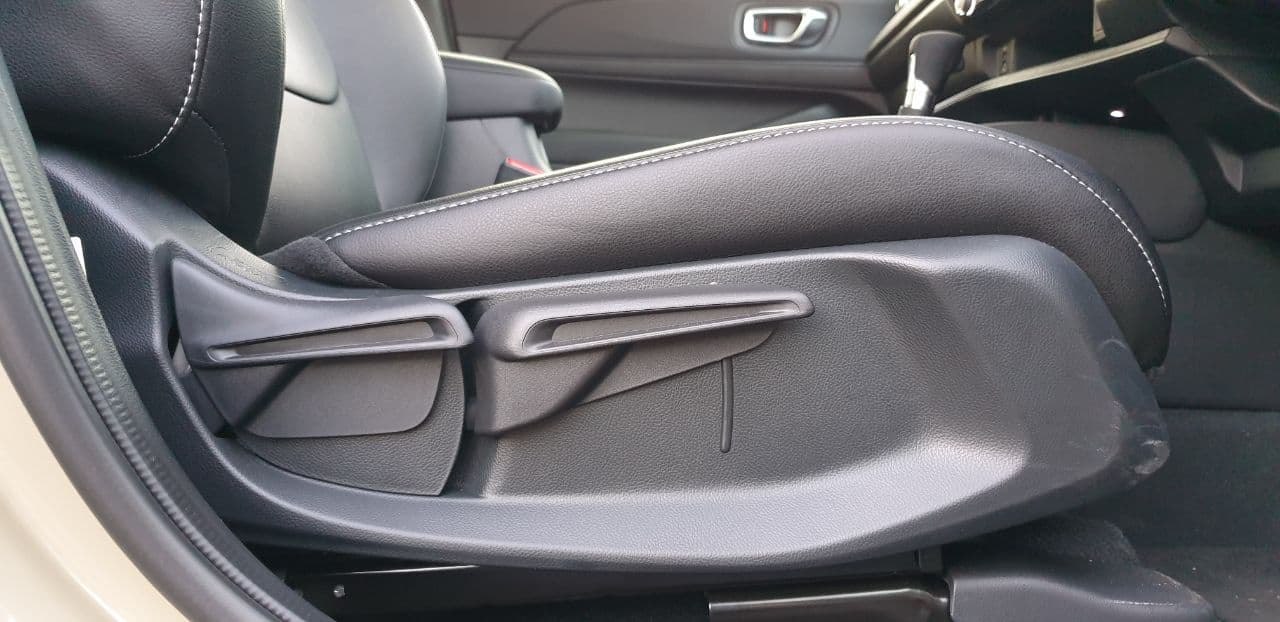
To remind you that the HR-V is still a bread-and-butter car at heart, only manual levers are present for seat adjustments. The seats themselves are excellent, though, with decent side lumbar support and good cushioning. We found ourselves firmly planted into the seats even when cornering hard.

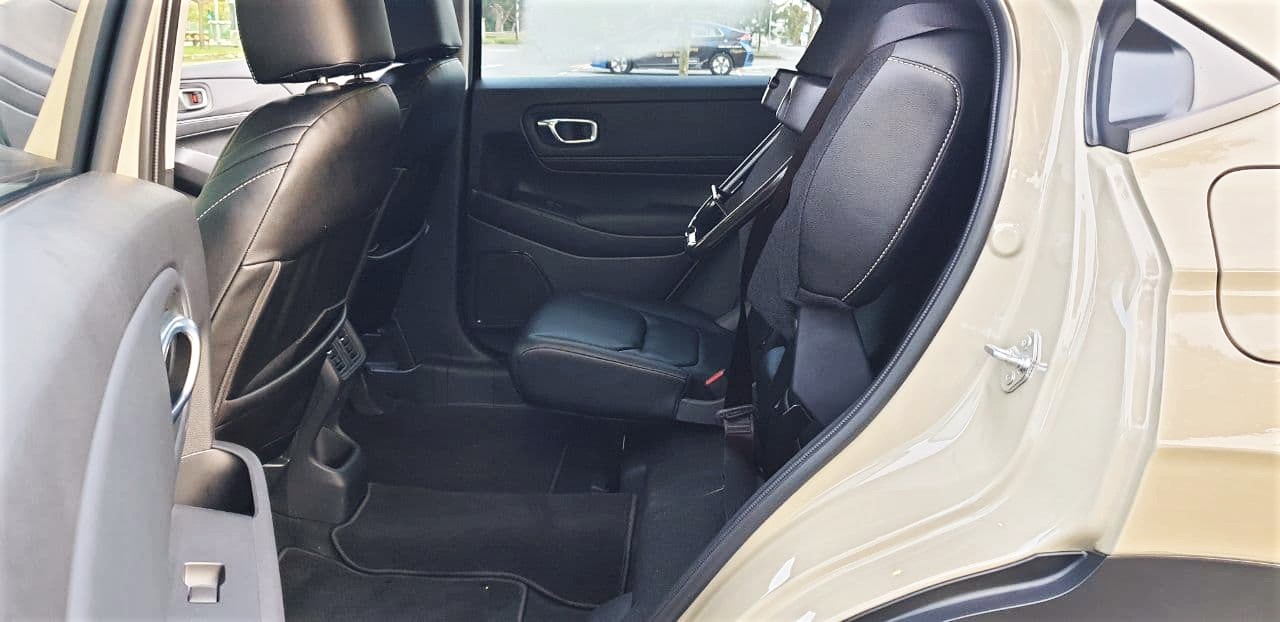
Stepping inside is incredibly easy, with the doors opening at an almost-90 degree angle. This is perfect for those who wish to load bulky items, such as child seats. Speaking of which, the rear seats have ISOFIX mounting points, for added peace of mind. The legroom and headroom are more than sufficient.
Our main tester, measuring at just under 175 cm tall, found the rear cabin to be quite comfortable to sit in. Do note that there is a slight hump in the middle on the floor, as well as on the seats. As such, we recommend 3 occupants at the back only when absolutely necessary, or for short trips.
We love the ULTRA seats found in the HR-V too. Not only can you fold them down 60/40 like most other cars, you can even fold them up, which helps in transporting certain types of items, like potted plants. This is Honda at its best in terms of engineering creativity.
Safety First
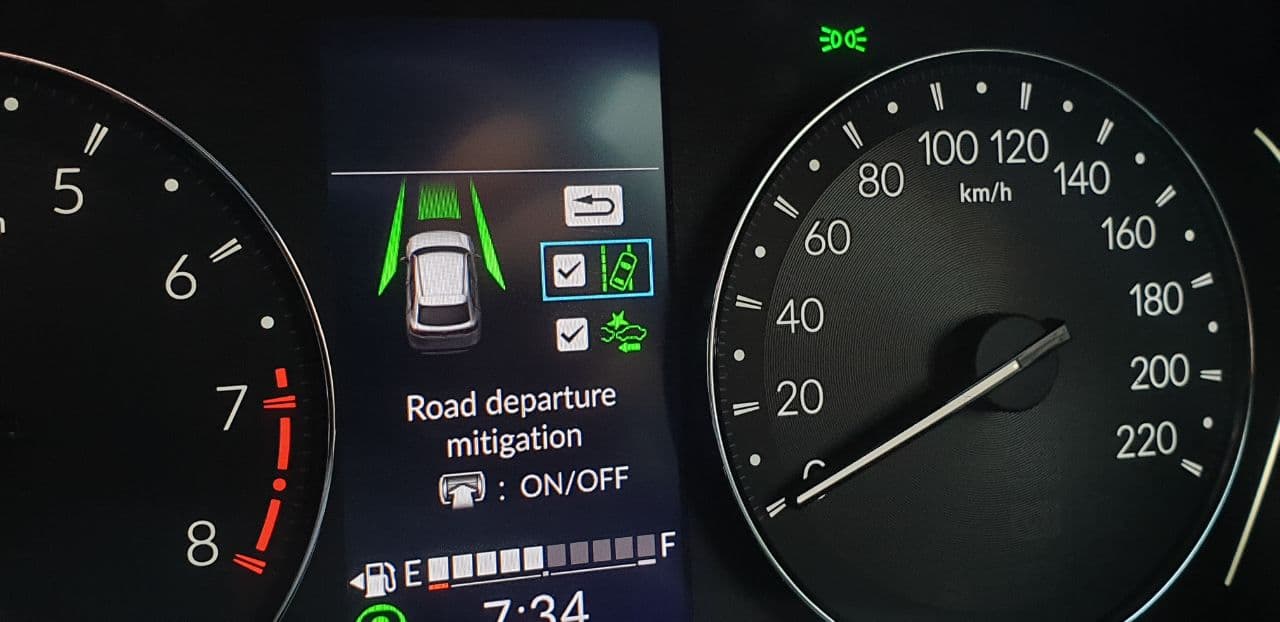
The HR-V is equipped with Honda Sensing, an advanced safety suite designed to prevent collisions. Features include Lane Keeping Assist System (LKAS) and Adaptive Cruise Control (ACC), which allows the car to stay in between lane markers safely and automatically speed up/slow down depending on the car in front. During our tests, we found that LKAS is best suited for daytime or well-lit conditions. For darker patches of roads, it sometimes deactivated due to the unclear lane markings, without warning.
If the HR-V detects an obstacle, say a car in front or a pedestrian, it will beep to warn the driver. If no action is taken, the Collision Mitigation Braking System (CMBS) takes over and stops the car for you. Do note, however, that all of these are just driving aids, and the driver must still be fully aware and take control when needed.
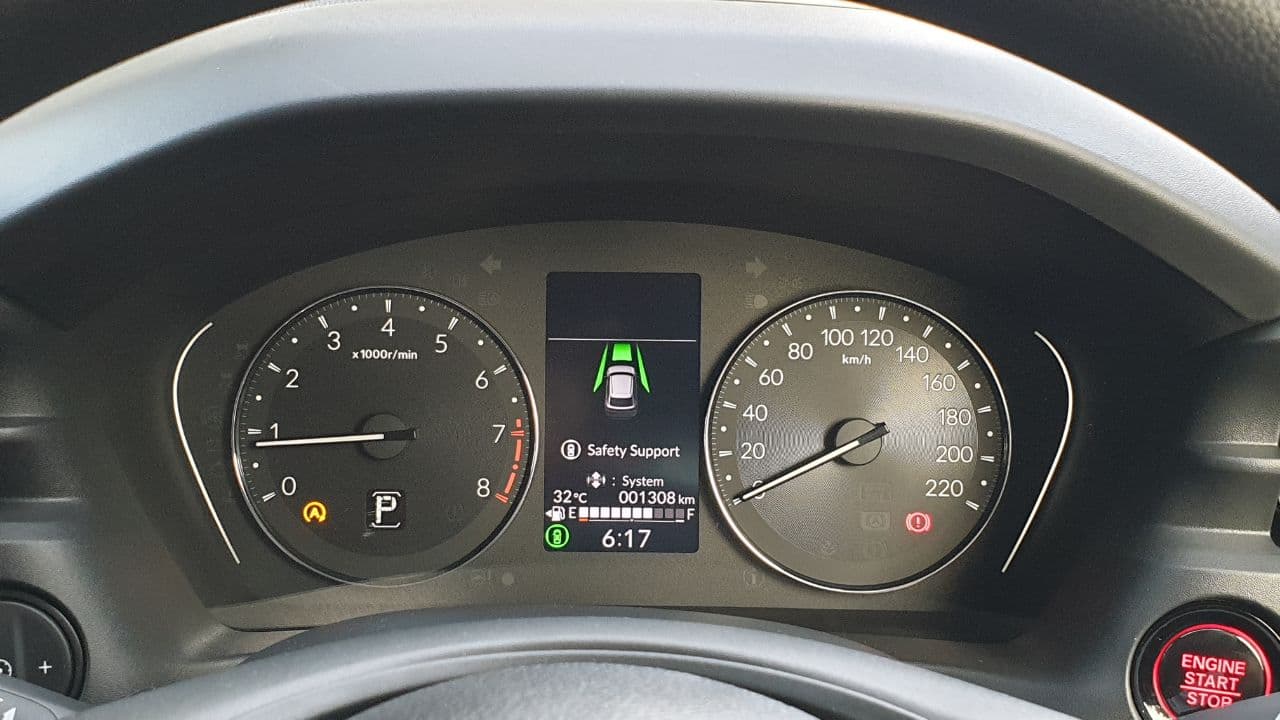
On top of Honda Sensing, the HR-V is still equipped with the usual refinements - six airbags, ABS, Vehicle Stability Assist with traction control, Hill Start Assist, and Hill Descent Control (which can be enabled or disabled via a button on the centre console) - making this a rather safe car.
Big Space in a Small Car
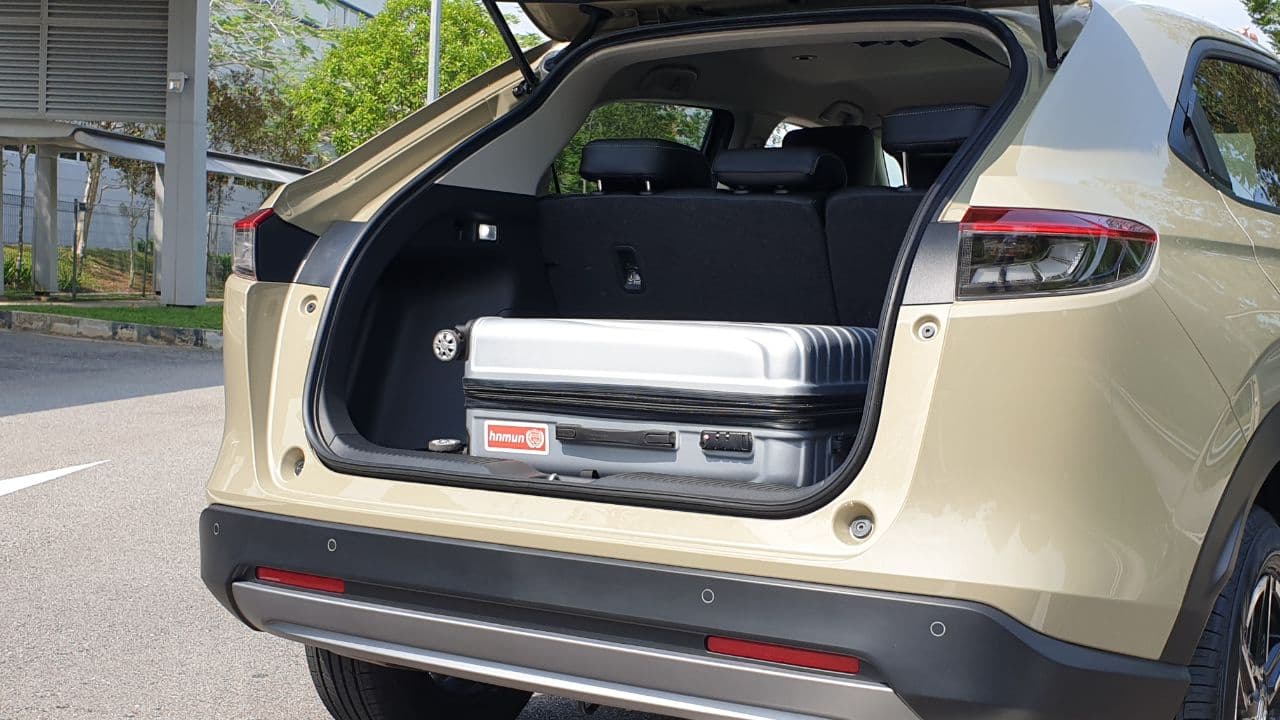
Boot space is decent, capable enough of storing up to two medium-sized luggage with the rear seats up, and many more with them folded down. The parcel shelf is mighty easy to remove, should you need to maximise the boot area vertically. The loading lip is thankfully shallow too, making the loading and unloading process a fuss-free one.
Just like the front seats, the bootlid is not electrically-operated, with that option only available on the e:HEV model. We were disappointed about the lack of a spare tyre as well. Honda has instead provided a tyre repair kit, stored in a hidden compartment.
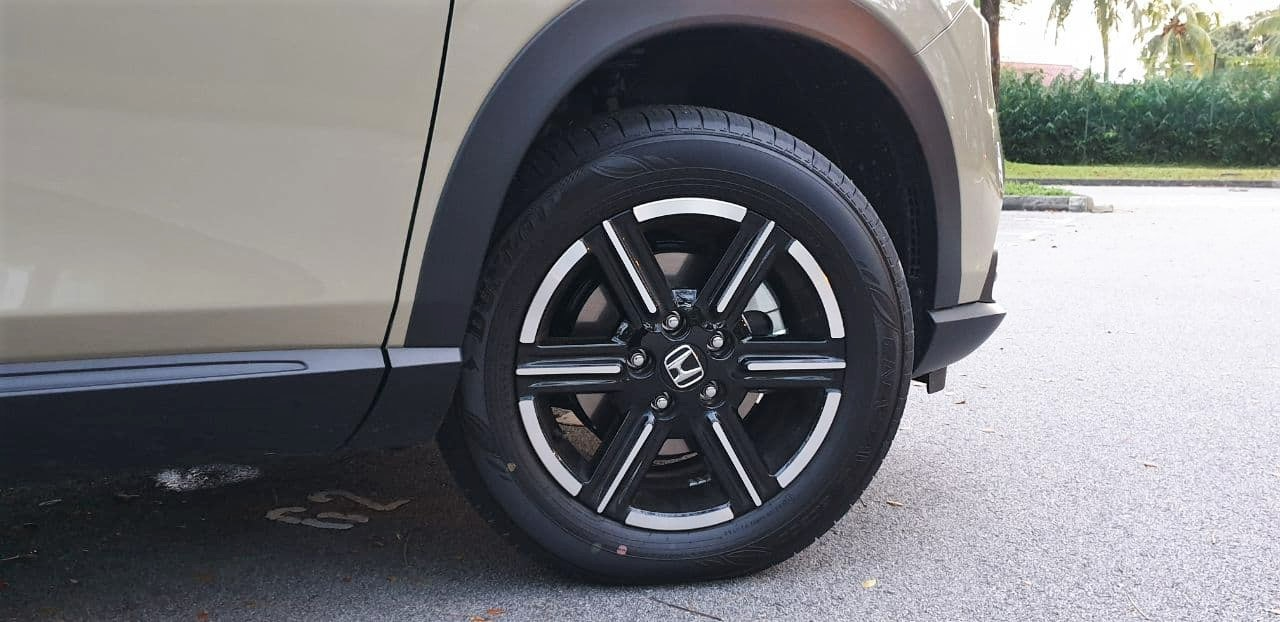
On the topic of tyres, the HR-V is equipped with 16-inch alloy wheels, wrapped around in Dunlop Enasave rubber. To aid in braking, the car has disc brakes all-round, with ventilated discs over at the front.
Decent Daily Driver
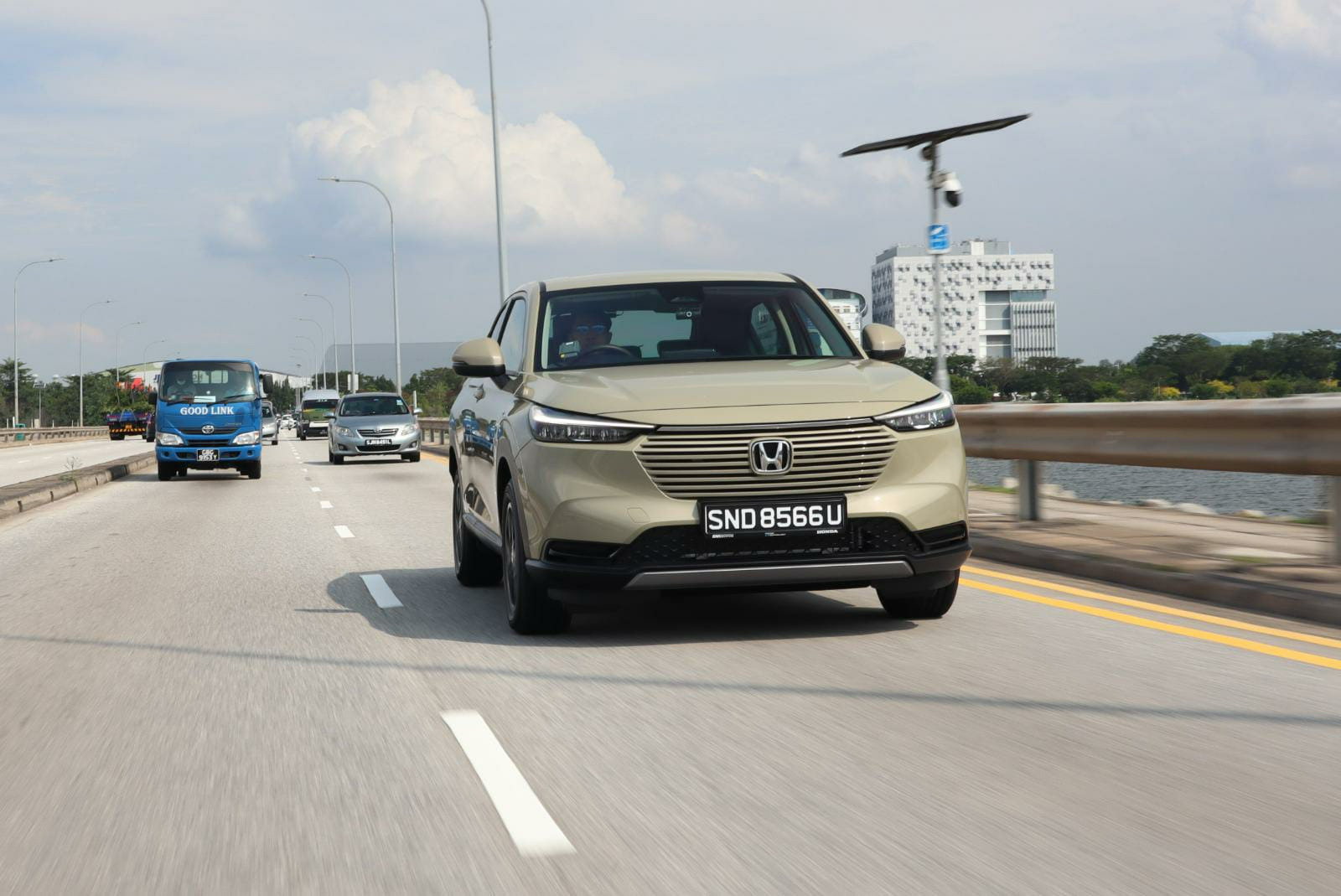
How does it fare on the road? Surprisingly well, to our surprise. The HR-V manages to keep noise, vibration, and harshness (NVH) levels to a minimum, even at high speeds. The soft suspension setup also helps to absorb most of the undulations and uneven patches on the road, allowing for a very pleasant and comfortable driving experience.
The urethane steering wheel also feels quite grippy, regardless of whether you're just cruising or pushing the HR-V hard.

The Dunlop tyres were sticky enough for normal driving, but struggled a fair bit when it came to hard and fast cornering. Not that many drivers will find themselves needing to do so, but it we believe that the HR-V would perform better around the corners with different rubber fitted.
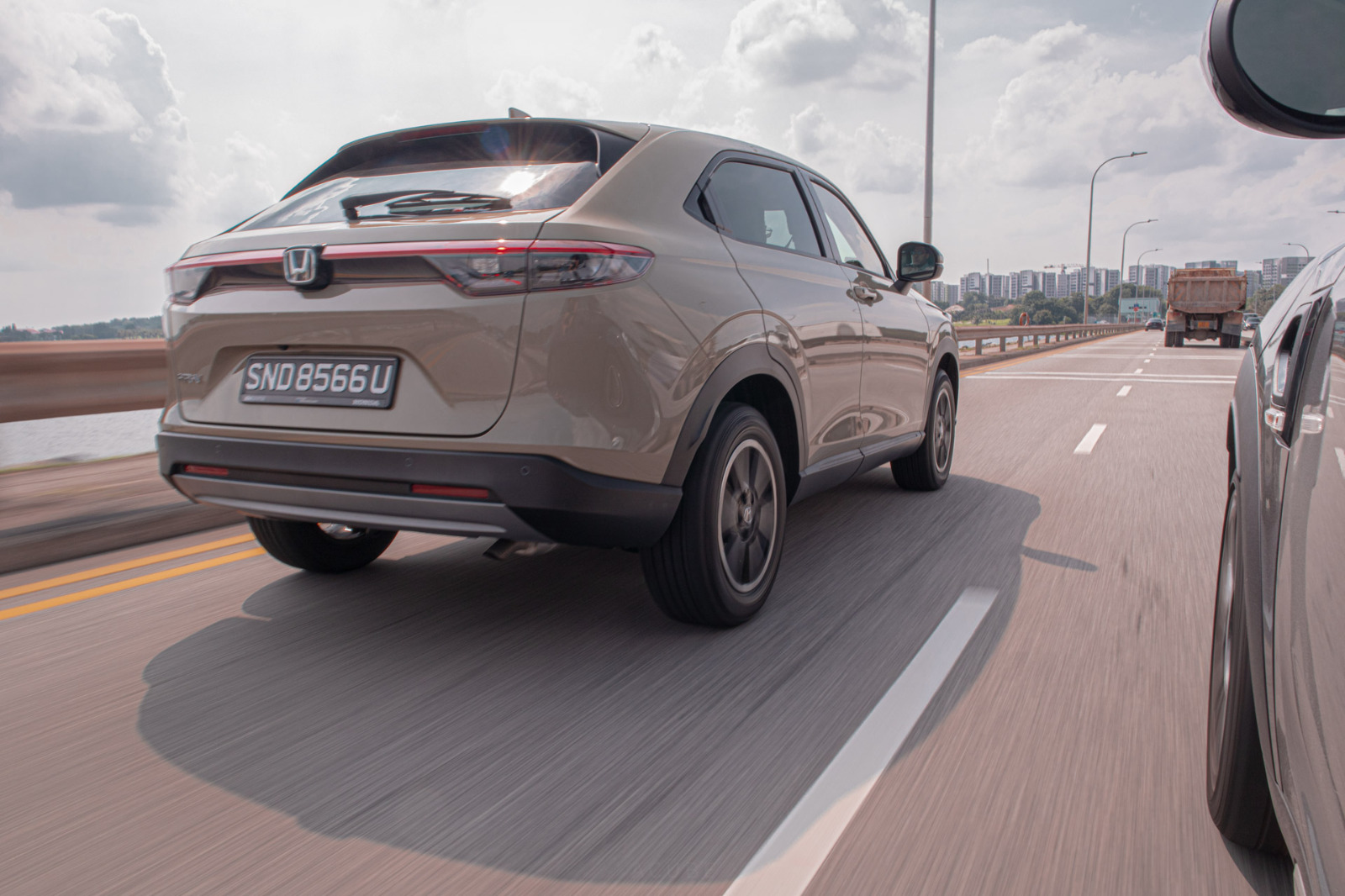
We enjoyed the agile, if a bit light, steering response on the HR-V. For manoeuvering around multi-storey carparks, this is perfect. Clearly, some of their performance car DNA has trickled down to this humble crossover. The same cannot be said for the engine, unfortunately. It is a 1.5 liter inline-four i-VTEC engine, putting out about 118 horses with 142 Nm of torque. It is mated to a CVT transmission, which provides a smooth but somewhat mundane driving experience.
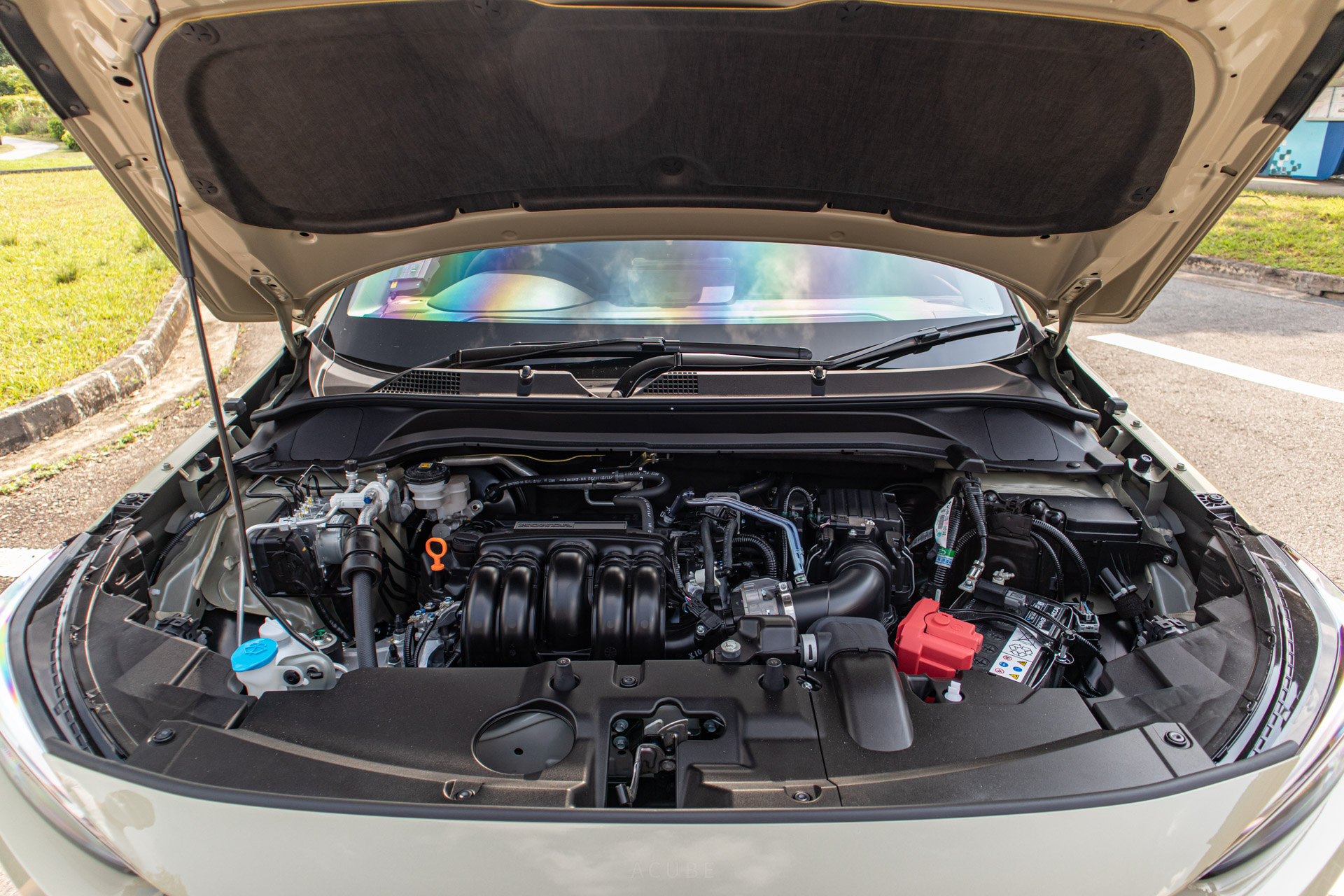
Overtaking other cars would require some forward planning, due to the slightly sluggish pick-up. However, expectations must be tempered, as this is not meant to be a high-performance machine by any stretch of the imagination.
Final Thoughts
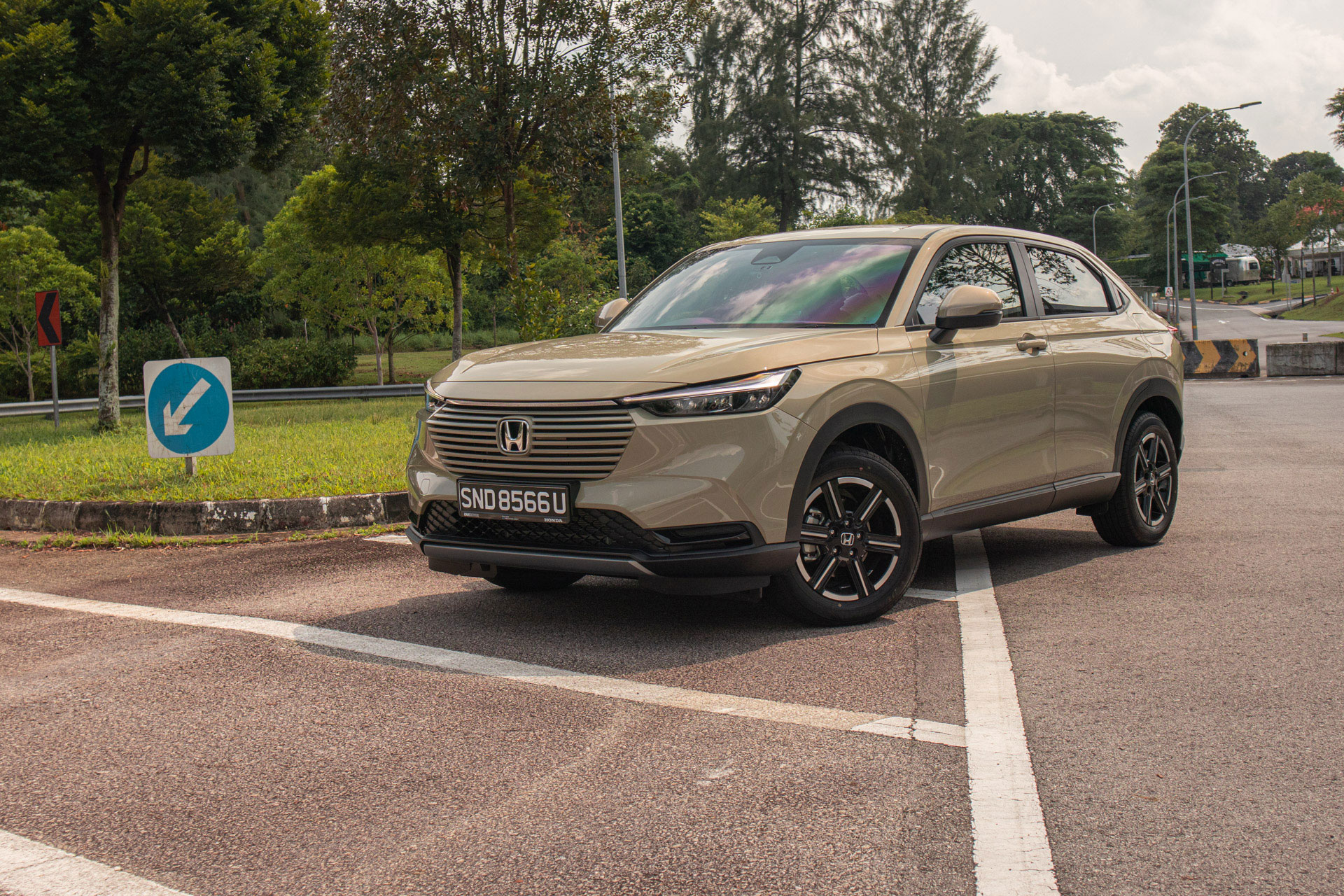
We applaud Honda for this new iteration of the HR-V. In many respects, it has made quantum leaps in quality and finishing, while also listening to its customers' feedback. We think that Honda could have given it a few extra bells and whistles like auto-folding side mirrors and a powered tailgate, but they are ultimately wants for added convenience and not exactly needs.
And while the HR-V may not be the final word in driving pleasure, it ticks all the right boxes for its target audience - those who just want a practical car that simply works well.
If you would like to know more about the HR-V or want to book a test drive, visit Honda's webpage here!
Credits: Motorist Author: Mu'tasim
Original Source: https://www.motorist.sg/article/1306/mreview-honda-hr-v-1-5-dx-all-grown-up

